Bar none, every one of us deserves to feel healthy at home—physically, emotionally, and spiritually. I recognize this to be an obvious truth. But unfortunately, it’s one we need to work on given the many hidden home toxins that can wreak havoc on our daily health.
From toxic-laced furniture to poor air quality, there are thousands of things lurking in our surroundings that can sabotage our wellbeing. As Edie Horstman points out, most of us aren’t even aware of these toxins and their stealth threats.
Yep, this is stressful. But we do have control, and this starts with building our awareness. I spoke to two experts, Kristin Bartone, principal designer of Bartone Interiors, and Lauren Sullivan, designer and founder of Well x Design, whose careers land at the critical intersection of design and wellness. Their wise words put me at ease. “It’s essential to keep it all in perspective,” Sullivan says. “You may be surprised at how smaller, cleaner, sustainable updates to your home can impact your health and wellbeing.”
Here, Barton and Sullivan offer their advice for the top home toxins to look out for and their suggested swaps to encourage the healthiest living space possible. Amidst their wisdom, they illuminate the truth: We spend 90 percent of our lives at home, specifically indoors. That’s every reason to make it a healthy sanctuary for our mind, body, and soul.
Feature image by Matti Gresham.

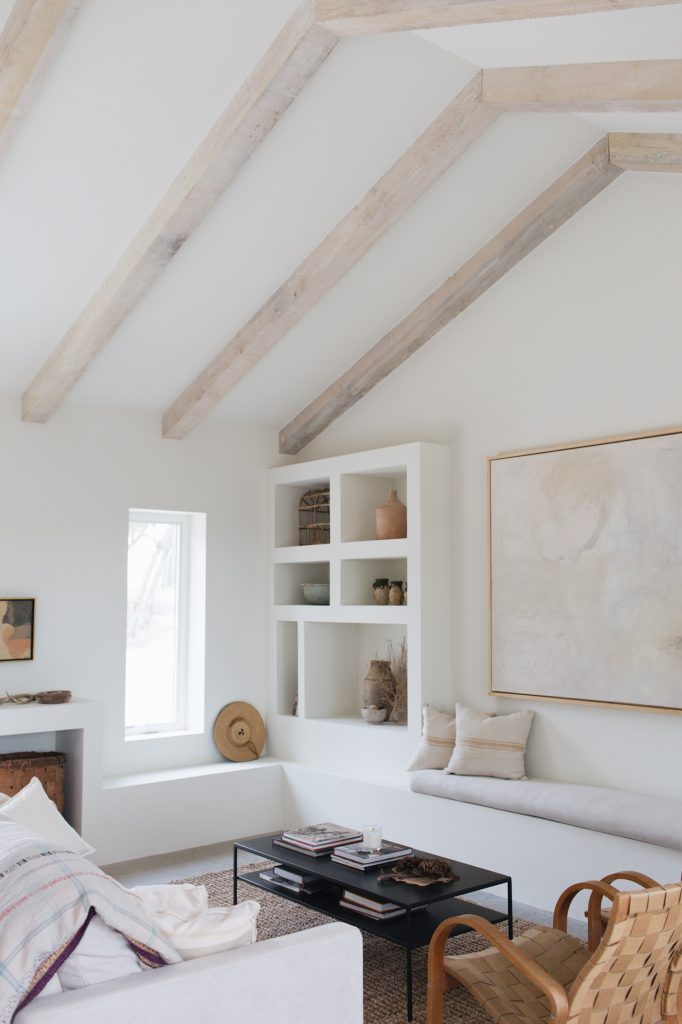
4 Hidden Home Toxins That Wreak Havoc on Wellbeing
Before we dig into the dark, let’s shed some light: The operative word here is hidden. These culprits, from toxic flame retardants to water repellants, are invisible to the naked eye and therefore aren’t obvious to most of us. Companies add these for various reasons (more on that soon). So if you’re not looking for these culprits, they’ll breeze right by the most discerning eye.
The list of potentially harmful chemicals found in the home is long. That’s because these are everywhere from personal care items to detergent to makeup to furniture. Here, we’re concentrating on the biggest culprits found in home décor.
So in the name of searching, here’s what to look out for:
Flame retardants
Mass manufacturers commonly add chemical flame retardants, which contain endocrine disruptors linked to health concerns, to foam and upholstered furniture pieces, including mattresses. Unfortunately, as Bartone points out, flame retardants can be more harmful than their potential to stop a fire. They emit volatile organic compounds, VOCs, which seep out of furniture into the air which we then ingest through our skin or by breathing. Furthermore, research shows these flame-retardant chemicals to not only be toxic, but even pointless against flames.
Found in: Upholstered furniture, mattresses, foam.
But what is a VOC? “Volatile organic compounds (VOCs) are gasses that enter the air through the routine use of a wide variety of household products, from paints and pesticides to arts and crafts supplies,” states the Environmental Working Group. “They include many different chemicals which aren’t worth listing individually—for the average home, it’s best to deal with VOCs as a single potentially hazardous entity.”
Formaldehyde
Another solution that is considered a volatile organic compound (VOC), formaldehyde is added to the binding glue of furniture, usually mass-produced and of lower quality.
Found in: Furniture made of engineered woods such as particle board, plywood, or medium-density fiberboard (also known as MDF). “Engineered woods are treated with high temperatures, increasing the amount of formaldehyde the furniture pieces emit,” warns Sullivan.


Stain-Guard and Water-Repellants
Like flame retardants, manufacturers add these to furniture to protect against spills, pet messes, sticky fingers, and the rest. These are also present in some non-stick cookware. The issue, however, is that they usually contain perfluorinated chemicals, also knowns as PFCs, that are linked to a host of health issues including reproductive problems and immune system suppression. “As a general rule when buying furniture, avoid any items containing “anti-this” or “anti-that” treatments,” warns Sullivan. “Keep in mind, the treatments often don’t last anyway, and as they break down over time, we can be exposed to toxic chemicals.”
Found in: Upholstered furniture, including pillows and sofa covers.
Trichloroethylene
A common VOC that’s an additive to cleaning products and furniture. Trichloroethylene rids oils and grime from surfaces and fabrics.
Found in: Cleaning products, finished wood furniture, and furniture glue and adhesives.

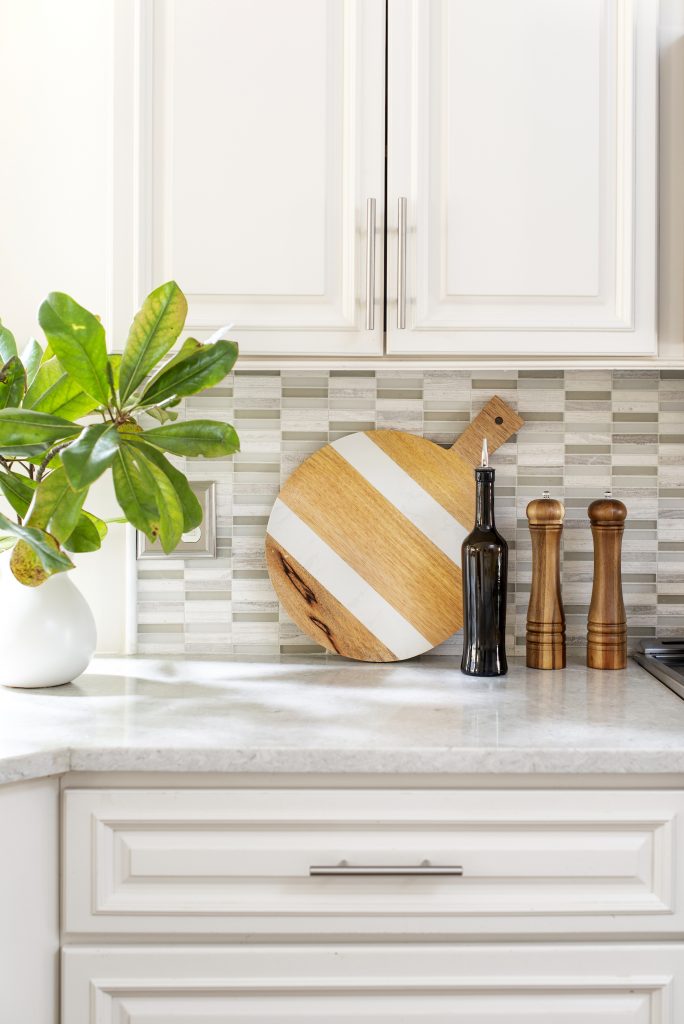
6 Ways to Reduce Toxins in Your Home
Don’t let these invisible and sneaky culprits overwhelm you. The above may be daunting, but it’s controllable. You don’t have to clear your entire home and learn how to build organic furniture. Awareness is a giant first step. The following are action items to consider—for now, and in the future.
#1: Consider an indoor air monitor
Bartone says this is an easy first step in evaluating the level of toxins in your home, “so you know what to tackle first.” Indoor air monitors measure everything from excessive dust to VOCs and allergens like mold and mildew, she adds.
Molekule Air Mini+ Air Purifier
#2: Incorporate house plants
There’s a reason why plants are always décor winners. They absorb toxins straight from the air, as proven by a large study conducted by NASA. Of the approximate dozen types of house plants NASA recommends, my personal favorites include the Snake Plant, Golden Pothos, and Gerbera Daisy.
The Sill Snake Plant Laurentii
#3: Look for an organic mattress
Because conventional mattresses contain flame retardants and other VOCs, Bartone recommends finding one made of pure material such as wool and organic cotton.
#4: Opt for furniture made of real wood
Avoid plywood and other engineered-wood options. Also, aim for pieces free of glues and excessive stains, says Bartone. These tend to be pricier, so don’t forget vintage stores, which often have older whole-wood furniture at accessible prices.
#5: Seek out other real materials
“When in doubt of what to buy for a healthier home, go with the real products,” says Bartone. In addition to whole wood, this includes organic cotton, linen, wool, glass, and even steel, all of which are “a safer bet for avoiding toxins,” she adds.
Blueland Multi-Surface Cleaner
#6: Vet your cleaning products
It’s wild to realize how a product can claim to do good when it really does more bad. Enter: conventional cleaning products. Filled with petrochemicals and harsh additives, they’re never a good idea. Thankfully, loads of clean brands are now creating hardworking alternatives that cut grime without the toxic load.

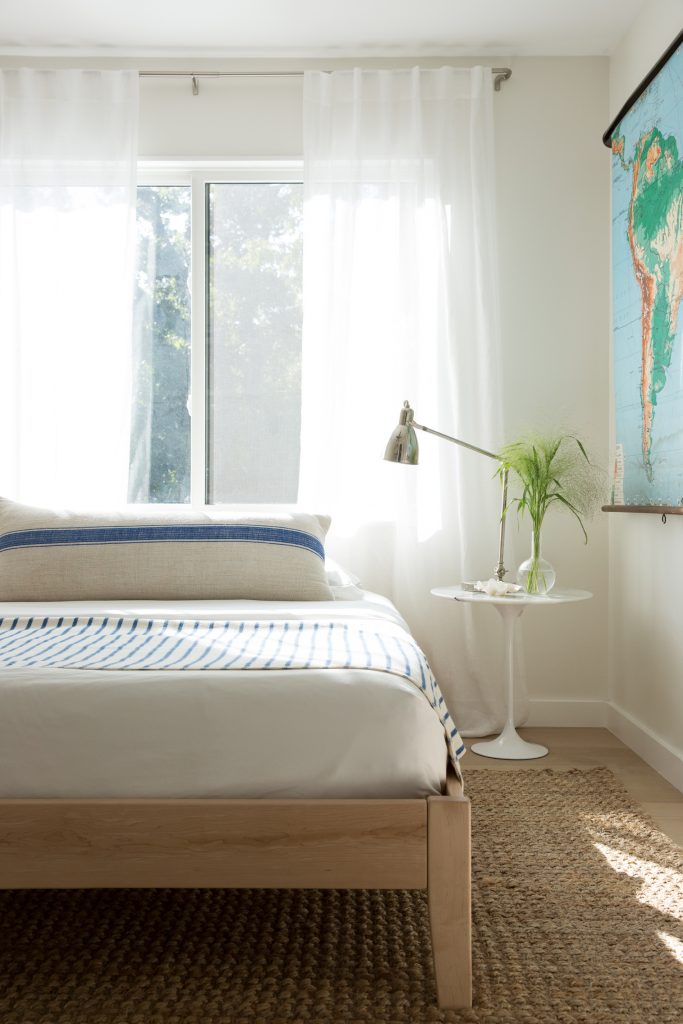
Lastly: A Note on Nature
“Scientists have proven time and again the critical connection between humans and the natural world,” says Bartone. In this light, blurring the lines between our homes and the natural outdoors is always a direct way to a healthier home. This can be done by rearranging your furniture to open up windows, creating an outdoor seating area, and capitalizing on natural light, which Sullivan says can be “incredibly calming and rejuvenating.”


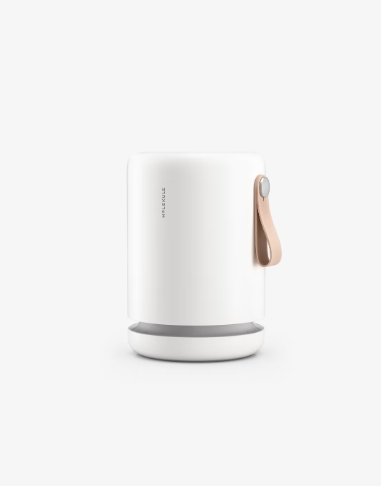
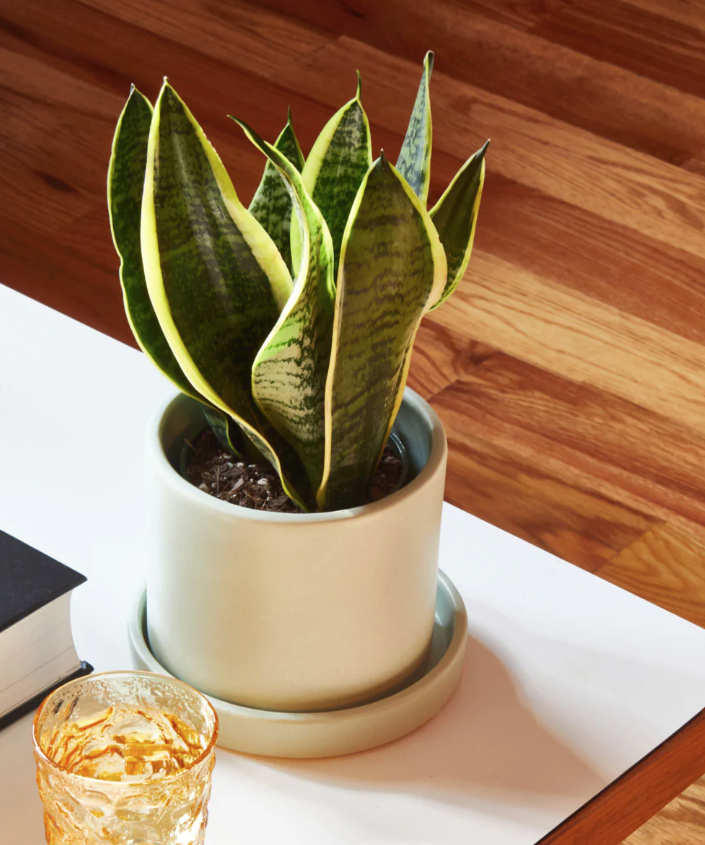
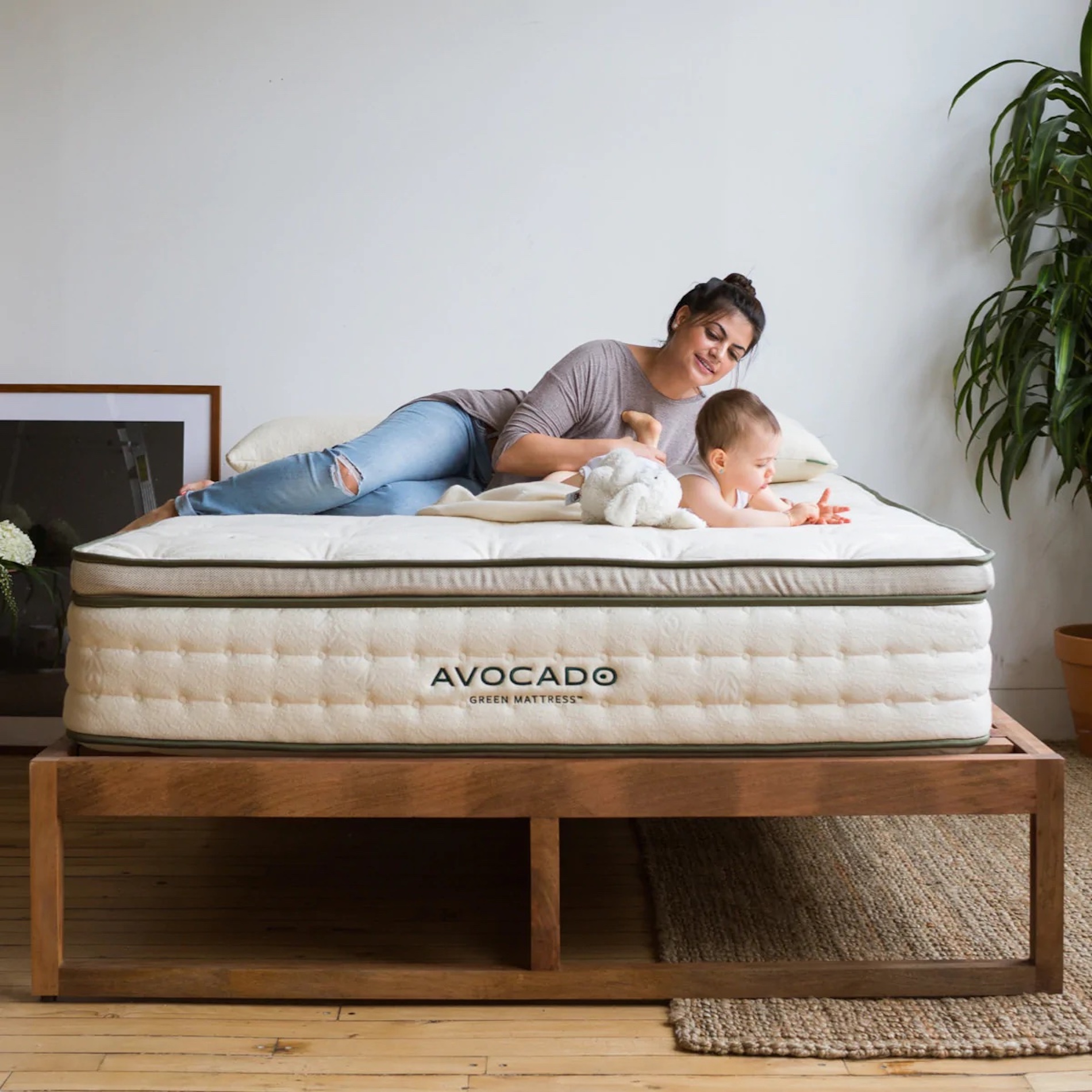
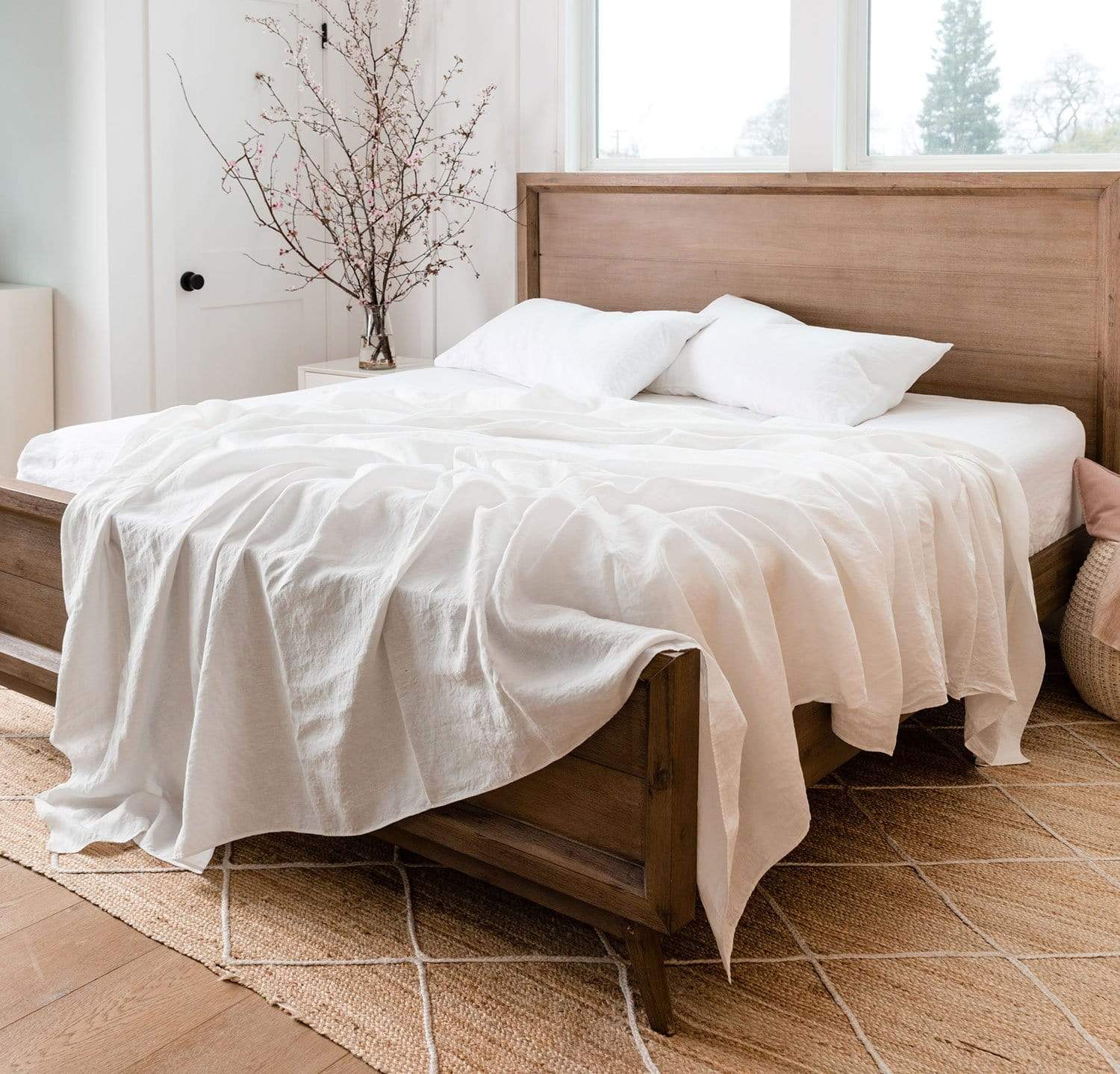

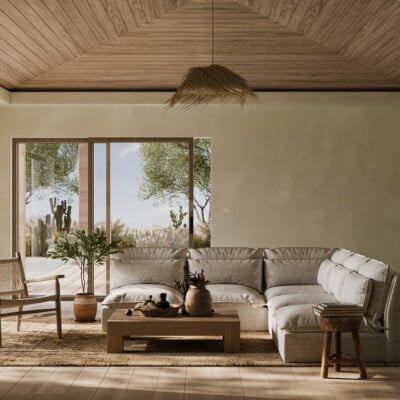
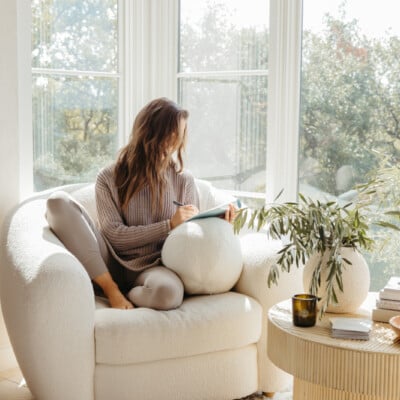

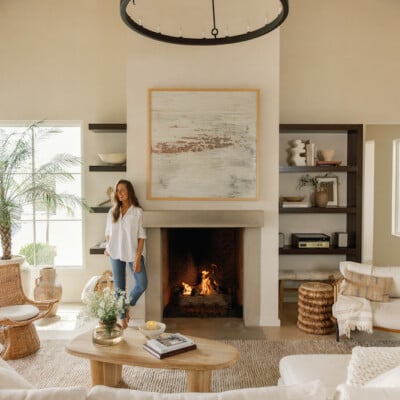
I love these tips! I currently have linen sheets and they are my favourite!!! I am just not sure how sustainable they are as I bought them from Pottery Barn but I will make a more educated decisions if/when I need new sheets!
I am currently launching my own blog, where I talk about beginner-friendly sustainable switches, so I love that you are talking on this subject!